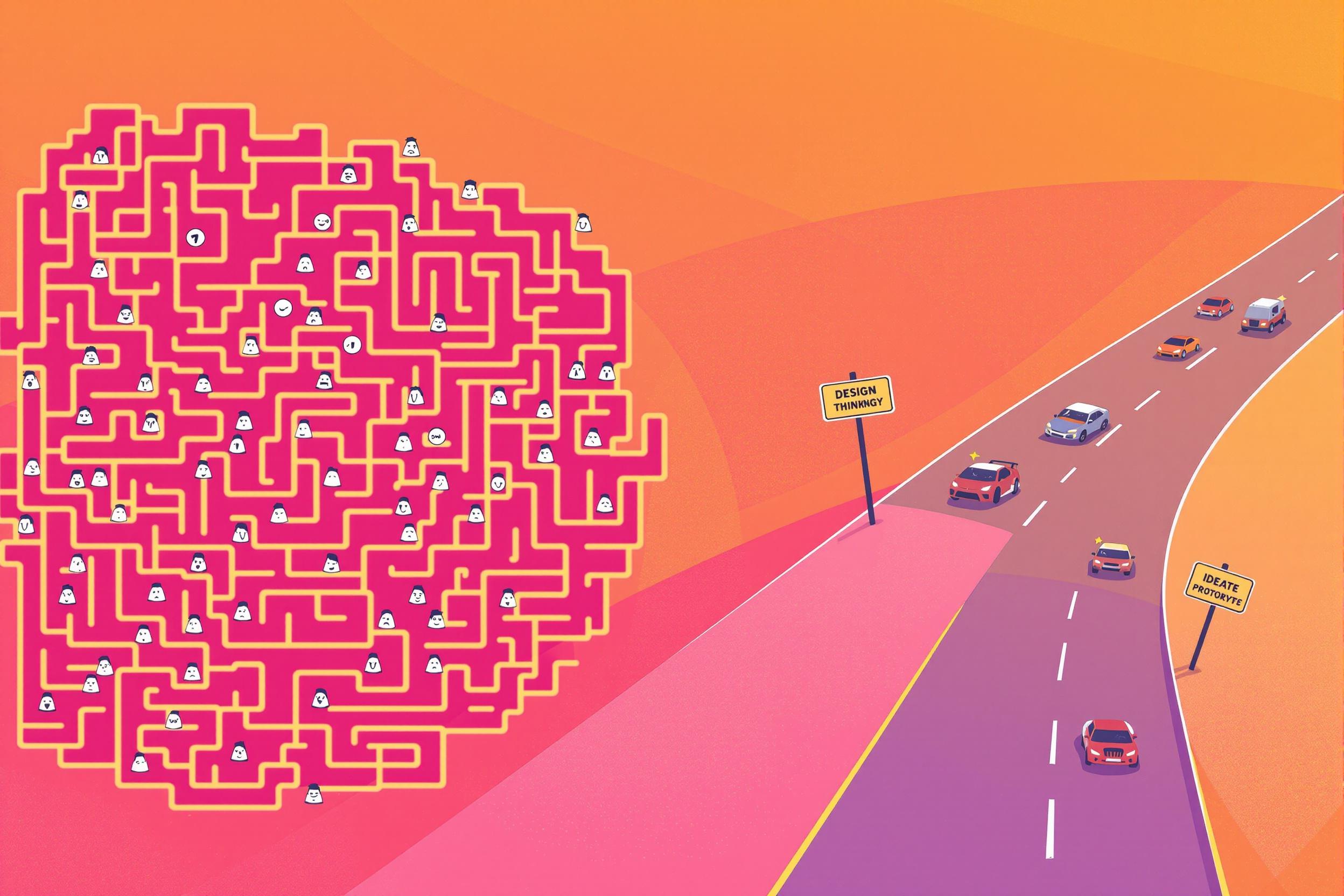
Spatial Design
Spatial Design is the art of planning and creating meaningful environments and spaces for people to use and experience. It's like interior design but on a larger scale, often including both indoor and outdoor spaces. Designers in this field think about how people move through spaces, interact with their surroundings, and experience different environments. This could involve designing anything from museum exhibitions and art installations to retail spaces and public areas. Similar terms include environmental design, exhibition design, or experiential design. Think of it as creating three-dimensional experiences that tell stories or serve specific purposes.
Examples in Resumes
Created immersive Spatial Design for major museum exhibition attracting 50,000+ visitors
Led Spatial Design and Environmental Design projects for pop-up retail experiences
Developed Spatial Design concepts for interactive art installations in public spaces
Typical job title: "Spatial Designers"
Also try searching for:
Where to Find Spatial Designers
Professional Organizations
Online Communities
Job Resources
Example Interview Questions
Senior Level Questions
Q: Can you describe a challenging spatial design project you managed and how you solved problems that came up?
Expected Answer: Look for answers that show leadership, problem-solving abilities, and experience managing large-scale projects from concept to completion. They should discuss budget management, team coordination, and client communication.
Q: How do you approach designing spaces that need to serve multiple purposes?
Expected Answer: Strong candidates should discuss their process for analyzing needs, creating flexible solutions, and considering factors like traffic flow, accessibility, and adaptability of the space.
Mid Level Questions
Q: What factors do you consider when designing an interactive space?
Expected Answer: Candidates should mention user experience, accessibility, safety considerations, and how they balance aesthetic appeal with practical functionality.
Q: How do you incorporate client branding into spatial design?
Expected Answer: Look for understanding of how to translate brand identity into physical spaces while maintaining functionality and user experience.
Junior Level Questions
Q: What software tools do you use in your spatial design process?
Expected Answer: Should be familiar with basic 3D modeling software, rendering tools, and presentation software used in the industry.
Q: How do you start your design process for a new space?
Expected Answer: Should demonstrate understanding of basic research, conceptualization, and the importance of gathering client requirements and user needs.
Experience Level Indicators
Junior (0-2 years)
- Basic 3D modeling and visualization
- Understanding of space planning principles
- Knowledge of design software
- Basic project documentation
Mid (2-5 years)
- Project management
- Client presentation skills
- Material and lighting knowledge
- Budget management
Senior (5+ years)
- Complex project leadership
- Team management
- Strategic planning
- Client relationship management
Red Flags to Watch For
- No portfolio of completed projects
- Lack of knowledge about accessibility requirements
- No experience with project budgeting
- Poor understanding of safety regulations in public spaces
Related Terms
Need more hiring wisdom? Check these out...

Why Your Hiring Process is a Maze (And How Design Thinking Can Turn It into a Superhighway)

Redefining Team Collaboration in a Digital Workspace

Speak Their Language: How Localized Job Descriptions Unlock Regional Talent

